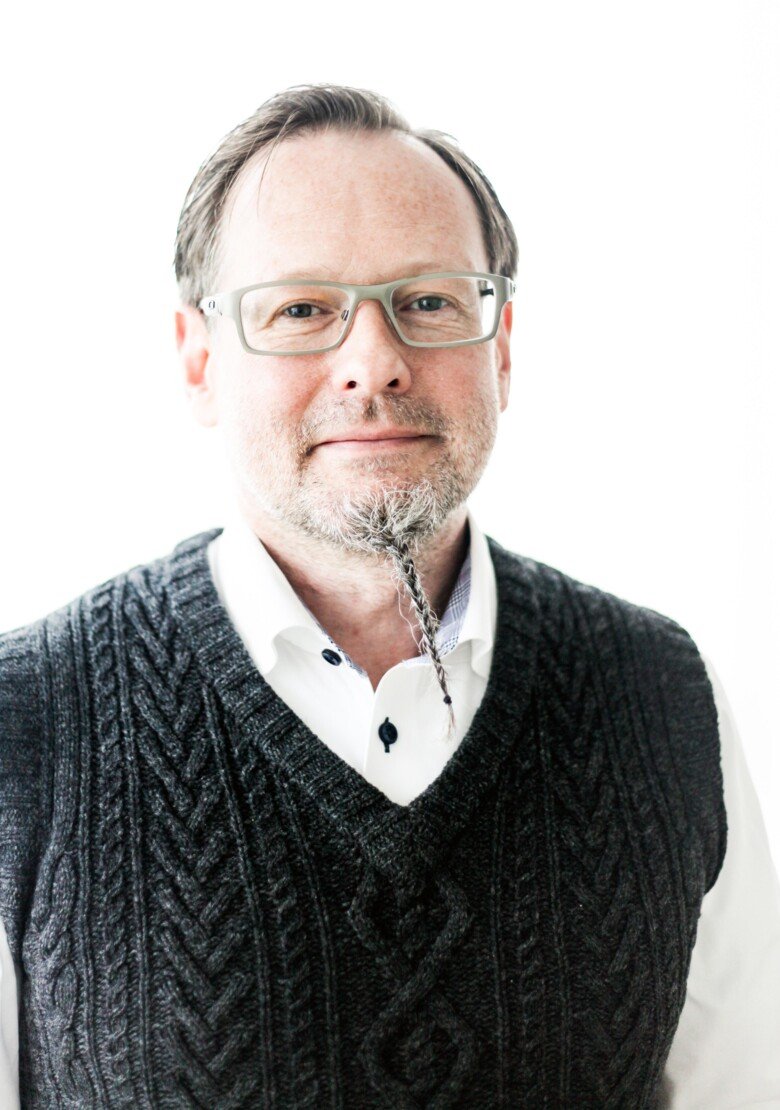Why does it take so long to be diagnosed with lung cancer?
Lars E. Eriksson is a Docent at the Division of Innovative Care Research, Karolinska Institutet and co-author of an interview study of patients diagnosed with lung cancer or colo-rectal cancer in Sweden, Denmark and the UK. The aim was to find ways to a faster diagnosis.

Text: Fredrik Hedlund, first published in Swedish in the magazine Medicinsk Vetenskap No 1/2018
The patients in all three countries indicate an uncertainty whether they should go to a doctor for early symptoms, should one go to a doctor more often?
“If everyone who is coughing a little were to go straight to primary care, it would be overloaded. But if you have a prolonged cough for several weeks, you should absolutely go to a doctor, especially if you are a smoker. When you ask patients who have been diagnosed with lung cancer if it came as a complete surprise, many can say that it began quite a while ago, but that they still didn’t go to the doctor for various reasons. Or so they went, but were not examined further in primary care.”
So even if one seeks medical care, one is not certain of receiving treatment in time?
“No, primary care also needs to know when to refer people for further investigation, which they don’t always know. And the Swedish Cancer Society’s latest report also highlight that the lead times from referral to diagnosis and treatment in Sweden is also far too long. There is a goal that says that 80 per cent of the patients should go from referral to treatment in 28 days, but the national average is 37-38 days and there is a large difference between county councils, between just over 20 and 50 days."
The Swedish patients nonetheless say to a greater extent that they felt that they had a plan for the continued care when they left primary care. Are Swedish GPs better?
“If you look at how much time the doctor has for the appointment, it seems as if the doctors in the Swedish system have more time for a primary care appointment than in the British or Danish systems. So the Swedes have slightly fewer appointments, but maybe with more quality since they are longer. They have time with more and it might be easier to conduct a dialogue."
Smoking in Sweden steadily decreasing
Between 85 and 90 per cent of everyone struck by lung cancer is or was a smoker. The foremost strategy to reduce lung cancer is therefore to reduce or entirely remove the smoking. The Swedish Government has backed the goal of a smoke-free Sweden by 2025.
More than 170 organisations have also done so and smoking is steadily decreasing. In 2016, it was only 9 per cent of the population between 16 and 84 years of age who smoked daily, 10 per cent of the women and 8 per cent of the men.
Of those who only attended compulsory school, 12 per cent smoke daily while the corresponding figure for those who studied beyond upper-secondary school is 5 per cent.
Source: Public Health Agency of Sweden
